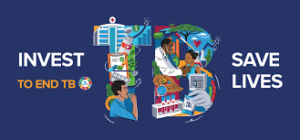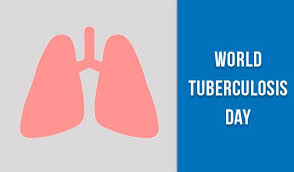Tuberculosis (TB) a contagious bacterial infection caused by Mycobacterium tuberculosis, that primarily affects the lungs but is capable of impacting other organs and even though the infection is known to be treatable, it is still one of the leading causes of death. The World Health Organization (WHO) reported an estimate around 10 million contracting TB in the year of 2019, coincidently 1.4 million deceased due to this disease. Such statistics are concerning and highlights the need for proper informative education on Tuberculosis.
Understanding Tuberculosis
TB is an airborne disease meaning it is transmitted through the air when an infected person coughs, sneezes, or talks, releasing tiny droplets containing the bacteria. People who are in close contact with someone who has active TB are at a higher risk of contracting the disease. Nonetheless, people who are infected with the germs do not fall ill; numerous people can be colonized by the germs and although these people are not ill, cannot spread the disease, they are likely to fall sick with TB in the later stage of life.
Signs of active TB include a cough that lasts for three weeks or more, chest pain, blood in the sputum, tiredness, weight reduction, fever, and sweating at night. These signs are often confused with various other infectious diseases of the respiratory system. Therefore, possessing knowledge of these signs for timely diagnosis and treatment is very crucial.
The Importance of Awareness
To begin with, TB is a disease that warrants increased attention for numerous reasons. There is significant social stigma attached to TB which can amplify social isolation of individuals afflicted by this disease, ultimately delaying treatment seeking behavior. Effective community education on TB, its mode of transmission and countermeasures can go a long way to make the affected individuals feel supported.
Moreover, increased awareness can also lead to timely diagnosis and treatment. The reality is that a sudden dip in sociocultural and economic standards has resulted in many individuals remaining ignorant of TB symptoms or the fact that they require medical attention. TB public health awareness campaigns that aim to inform the general public about TB symptoms, and the necessity for testing can slow the prevalence of the disease.
Fundamentally, health awareness campaigns and initiatives can encourage people to take preventive actions. Vaccination against TB, especially in younger populations, can serve to lessen its impact. Moreover, educating the general public on basic respiratory etiquette such as covering the mouth while coughing and ensuring that indoor areas are well ventilated can reduce the spread of the disease.
Nevertheless, there are persistent issues. Many regions of the world still suffer from severe underfunding of healthcare systems and there are often few opportunities for diagnostic testing or treatment. Furthermore, the emergence of drug-resistant strains of tuberculosis represent one of the single most significant threats to global health. Awareness campaigns must respond to these challenges by calling for more money, funding, or boosting efforts directed at these issues. 
Tuberculosis is a preventable and treatable disease, yet it continues to claim millions of lives each year. Raising awareness about TB is a critical component of global health efforts to combat this infectious disease. By educating communities about the symptoms, transmission, and treatment options, we can reduce stigma, promote early diagnosis, and encourage preventive measures. As we work towards a world free of TB, it is imperative that we prioritize awareness and education to empower individuals and communities in the fight against this deadly disease. Together, we can make significant strides toward ending tuberculosis and improving global health outcomes. ( The writer is student of : OPF Girls College, F-11/2, Islamabad)


